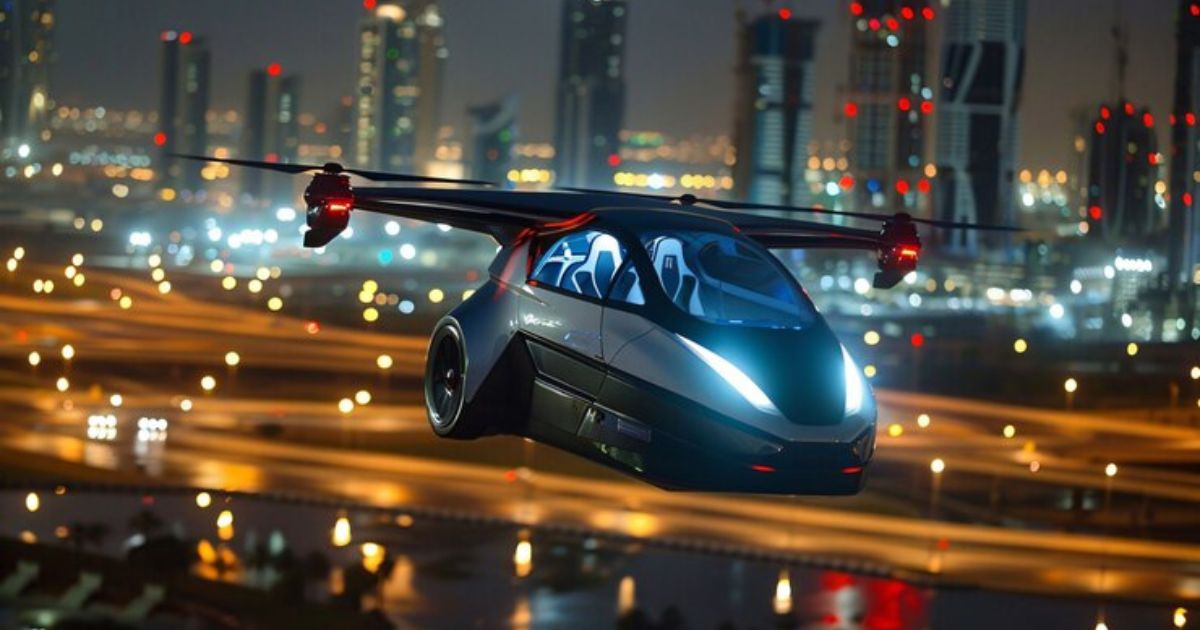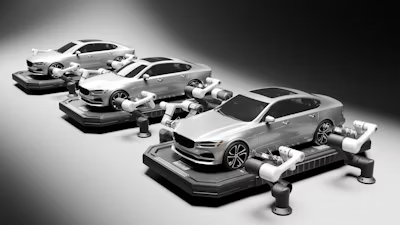For decades, flying cars have been a staple of science fiction, but today, they are becoming a reality. With rapid advancements in technology, urban air mobility is closer than ever. Flying cars promise to revolutionize transportation, reducing travel time, cutting congestion, and offering a futuristic alternative to traditional commuting. But how realistic is this vision, and what challenges must we overcome to see flying with car in everyday life? Let’s dive into the world of flying cars and explore their future potential.
The Evolution of Flying Cars
The idea of flying cars has been around for over a century, but early attempts were largely unsuccessful. However, with modern advancements in aerodynamics, battery technology, and artificial intelligence, we are now witnessing the emergence of real, functional prototypes. Companies worldwide are competing to develop the first commercial flying car, pushing the boundaries of innovation.
How Flying Cars Work
Flying cars are typically designed as electric vertical takeoff and landing (eVTOL) vehicles, meaning they can ascend and descend like a helicopter. They use electric propulsion, reducing their environmental impact. These vehicles incorporate autonomous technology, allowing for safer and more efficient flight operations. Some designs rely on drone-like rotors, while others use fixed wings combined with propulsion systems.
Benefits of Flying Cars
One of the biggest advantages of flying cars is the potential for drastically reduced travel time. By flying over congested roads, commuters can cut hours off their journeys. Additionally, these vehicles can reduce urban traffic, lower pollution levels, and offer an efficient mode of transport for emergency responders. With smart air traffic management, flying cars can transform urban landscapes.
Challenges to Overcome
Despite the excitement, several challenges must be addressed before flying cars become mainstream. Safety is a primary concern, as collisions in the air could be catastrophic. Air traffic control will need significant updates to accommodate thousands of airborne vehicles. Additionally, regulatory approval is a major hurdle, as governments must establish new laws and guidelines for flying cars.
Cost and Affordability
At present, flying cars remain expensive, limiting them to the wealthy and specialized industries. However, as technology progresses and mass production begins, prices are expected to drop. Just like traditional automobiles, the initial models may be costly, but widespread adoption will drive down costs, making them more accessible to the general public.
Infrastructure and Air Traffic Control
For flying cars to become a practical mode of transportation, cities must develop the necessary infrastructure. This includes dedicated takeoff and landing zones, charging stations, and advanced air traffic management systems. Urban planners must integrate flying car networks seamlessly with existing transport systems to ensure efficiency and safety.
Environmental Impact
With climate change concerns growing, the environmental impact of flying cars is a critical consideration. Most designs focus on electric propulsion to minimize carbon footprints. If powered by renewable energy sources, flying cars could be a sustainable alternative to ground transportation. However, energy consumption must be optimized to ensure their eco-friendliness.
Leading Companies in the Race
Several companies are leading the charge in flying car development. Names like Joby Aviation, Urban Aeronautics, and AeroMobil are investing heavily in research and prototypes. Tech giants such as Tesla and Uber have also shown interest, aiming to integrate flying cars into smart mobility ecosystems. The competition is fierce, and the race to launch the first commercially viable flying car is heating up.
Potential Uses of Flying Cars
Flying cars won’t just be limited to personal transportation. They can serve emergency services, reducing response times for ambulances, fire brigades, and police. Cargo transport and package delivery could also benefit, with flying vehicles bypassing traffic congestion. Additionally, tourism and luxury travel could see a transformation, offering breathtaking aerial views and seamless travel experiences.
Public Perception and Acceptance
For flying cars to succeed, public acceptance is crucial. People need to trust that these vehicles are safe, reliable, and beneficial. Governments and manufacturers must work together to educate the public, conduct successful test runs, and demonstrate their practicality. The transition will take time, but as more people witness the benefits firsthand, acceptance will grow.
Legislation and Regulations
Governments worldwide are working on policies to regulate flying cars. Airspace laws, safety guidelines, and pilot licensing will be major areas of focus. Some countries have already begun testing air corridors for flying cars, indicating progress in regulatory adaptation. The sooner these laws are established, the faster we can see flying cars integrated into daily life.
How Soon Can We Expect Flying Cars?
While prototypes exist today, mass adoption is still years away. Experts predict that by the 2030s, flying cars could become a part of urban transportation. The timeline depends on technological breakthroughs, regulatory approval, and infrastructure development. The industry is progressing rapidly, and within the next decade, we could see flying cars in select cities worldwide.
Conclusion
Flying cars are no longer just a dream; they are an imminent reality. With numerous companies racing to develop commercial models, we are on the brink of a transportation revolution. Although challenges remain, advancements in technology, infrastructure, and regulation will pave the way for a future where flying cars become an integral part of urban mobility. The sky is no longer the limit—it’s the future of transportation.
FAQs
How do flying cars work? Flying cars use electric propulsion and vertical takeoff technology, similar to drones or helicopters, enabling them to fly over traffic and congested areas.
Will flying cars be affordable? Initially, flying cars will be expensive, but as production scales up, costs are expected to decrease, making them accessible to more people.
Are flying cars safe? Safety is a major concern, and developers are working on advanced navigation systems and AI technology to prevent accidents and ensure secure flights.
When will flying cars be available? Flying cars are currently in the testing phase, and experts predict they could be commercially available by the 2030s, depending on technological and regulatory progress.
What are the benefits of flying cars? Flying cars can significantly reduce travel time, lower urban congestion, improve emergency response times, and offer an environmentally friendly alternative to traditional transport.











